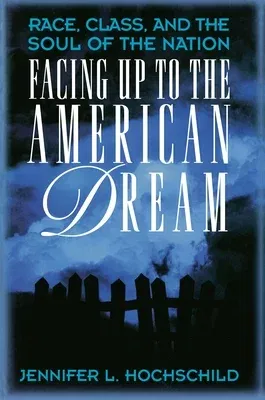Jennifer L Hochschild
(Author)Facing Up to the American Dream: Race, Class, and the Soul of the Nation (Revised)Paperback - Revised, 25 August 1996

Qty
1
Turbo
Ships in 2 - 3 days
In Stock
Free Delivery
Cash on Delivery
15 Days
Free Returns
Secure Checkout

Part of Series
Princeton Studies in American Politics: Historical, Internat
Part of Series
Princeton Studies in American Politics: Historical, International, and Comparative P... (Paperback)
Print Length
440 pages
Language
English
Publisher
Princeton University Press
Date Published
25 Aug 1996
ISBN-10
0691029202
ISBN-13
9780691029207
Description
Product Details
Author:
Book Edition:
Revised
Book Format:
Paperback
Country of Origin:
US
Date Published:
25 August 1996
Dimensions:
23.5 x
15.57 x
2.74 cm
ISBN-10:
0691029202
ISBN-13:
9780691029207
Language:
English
Location:
Princeton
Pages:
440
Publisher:
Series:
Weight:
630.49 gm